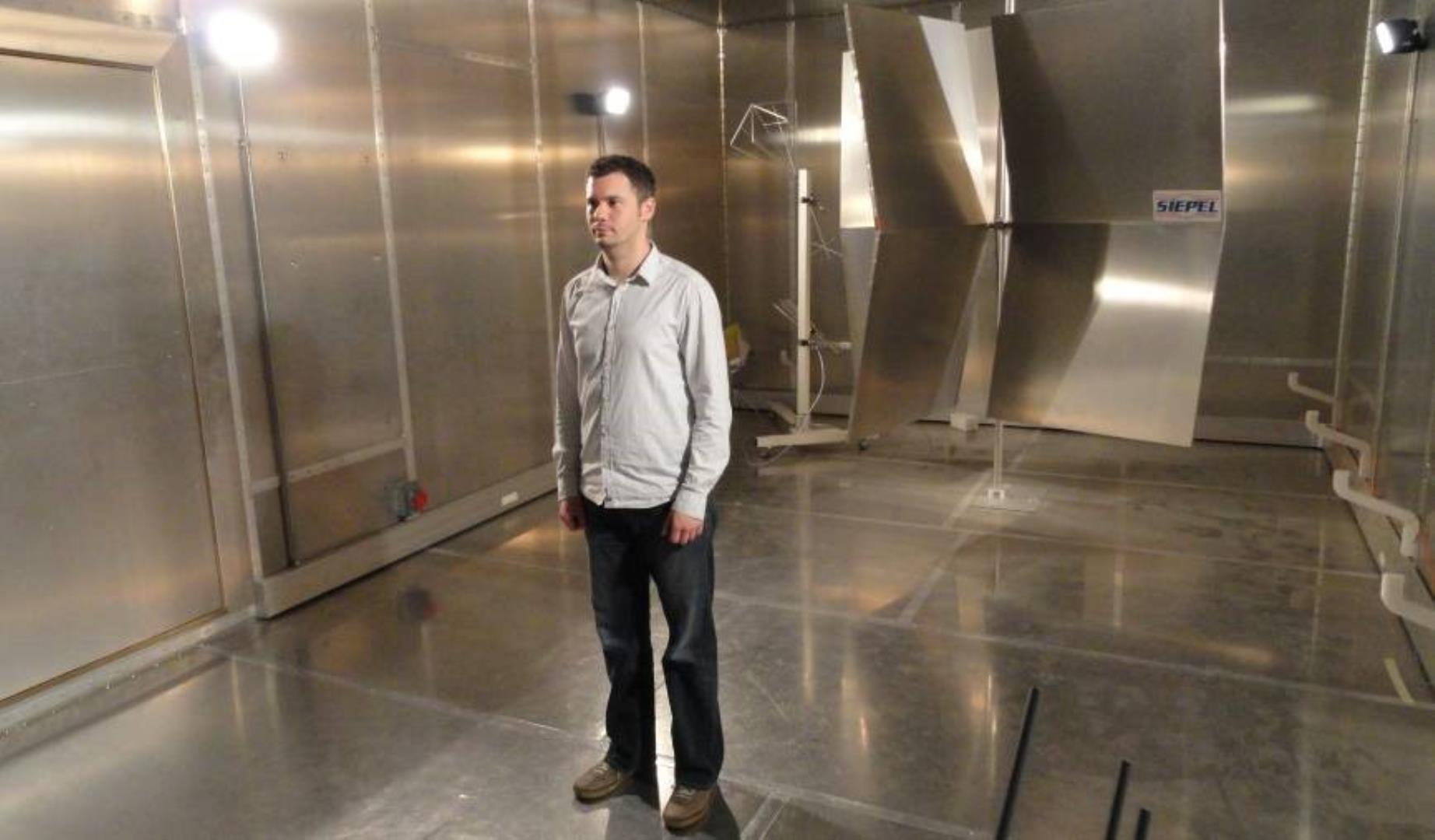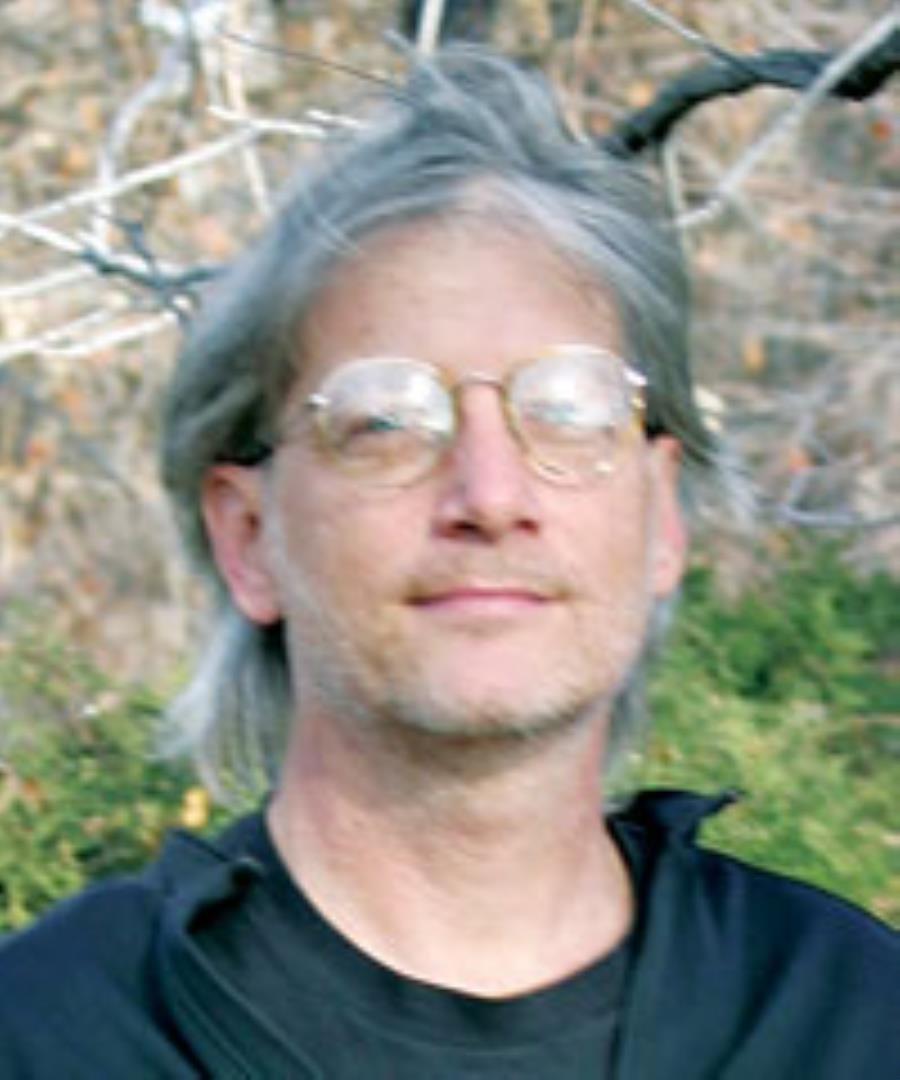28. kolovoza 2014. |
od 09:30 do 11:30 |
Vijećnica FESB-a |

Christopher L. Holloway, National Institute of Standards and Technology (NIST), Boulder (CO), USA, održat će predavanja iz područja elektromagnetizma i elektromagnetskih mjerenja u četvrtak 28. kolovoza 2014. godine u vijećnici FESB-a. Predavanja se održavaju u organizaciji Odjela za elektromagnetsku kompatibilnost Hrvatske sekcije IEEE (IEEE EMC Society – Croatia Chapter), u sljedećim terminima i pod sljedećim naslovima:
-
- 9:30 – 10:30 h: Atom Based Self-Calibrating E-field Sensors and Probes: The Next Generation in Field Measurements
- 10:30 – 11:30 h: Overview and Applications of Reverberation Chambers
Dr. Holloway, član odjela Electromagnetics Division NIST-a (federalne agencije pri američkoj vladi), gost je na FESB-u cijeli ovaj tjedan, pri čemu će biti vanjski član povjerenstava za obranu doktorata Zlatka Živkovića (utorak 11h: “Neurophysiologic electrostimulation effect and measurement of electromagnetic field having arbitrary waveform”) i Damira Senića (srijeda 10h: “Human exposure and wireless communication aspects of electromagnetic wave absorption in dissipative objects inside reverberant environments”).
Pozivamo Vas na predavanja, kao i na obrane doktorata.
Sažeci predavanja:
-
- We present a significantly new approach for an electric (E) field probe. The probe is based on the interaction of RF-fields with Rydberg atoms, where alkali atoms are excited optically to Rydberg states and the applied RF-field alters the resonant state of the atoms. For this probe, the Rydberg atoms are placed in a glass vapor cell. This vapor cell acts like an RF-to-optical transducer, converting an RF E field to an optical frequency response. The probe utilizes the concept of Electromagnetic Induced Transition (EIT), where the RF transition in the four-level atomic system causes a split of the transition spectrum for the pump laser. This splitting is easily measured and is directly proportional to the applied RF field amplitude. Therefore, by measuring this splitting we get a direct measurement of the RF E-field strength. The significant dipole response of Rydberg atoms over the GHz regime suggests this technique could allow traceable measurements over a large frequency band including 1-1000 GHz. This new approach for E-field measurements has the following benefits: 1) it will allow direct SI units linked RF E-field measurements, 2) it is self-calibrating due to atomic resonances, 3) it will provide RF field measurements independent of current techniques, 4) the probe will not perturb the field during the measurement, since no metal is present in the probe, 5) it will have vastly improved sensitivity and dynamic range over current E-field probes (<0.01 mV/m, two orders of magnitude improvement over current approaches), and 6) it will be a very small and compact probe: optical fiber and chip-scale. Possible applications for this probe are numerous, ranging from spectrum measurement to biomedical.
- Reverberation chambers (RCs) have being receiving a great deal of attention as alternatives to standard electromagnetic (EM) test facilities for a wide area of applications. Reverberation chambers offer a different type of testing environment than standard types of test facilities. Therefore, before reverberation chamber will become a common alternative, it is important to understand the reverberation test environment. In this presentation, the standard EM test facilities are presented and there disadvantages are discussed. This talk will discuss why the reverberation environment over comes these disadvantages and then the basics of reverberation chambers are presented. The various uses of reverberation chambers will also be discussed, including EM/EMC applications like emission, immunity, shielding measurements, antenna measurements. One of the fastest growing areas in RCs research is in the testing of wireless devices. In fact, over 90% of recent published papers on RCs are related to wireless applications. The last half of the talk will discuss various issues associated with testing wireless devices in RCs.
Životopis predavača:
 Christopher L. Holloway (S’86-M’922-SM’04-F’10) is a Fellow of the IEEE and received the B.S. degree from the University of Tennessee at Chattanooga, and the M.S. and Ph.D. degrees from the University of Colorado at Boulder, both in electrical engineering. During 1992 he was a Research Scientist with Electro Magnetic Applications, Inc., in Lakewood, Co. From the fall of 1992 to 1994 he was with the National Center for Atmospheric Research (NCAR) in Boulder, Co. While at NCAR his duties included wave propagation modeling, signal processing studies, and radar systems design. From 1994 to 2000 he was with the Institute for Telecommunication Sciences (ITS) at the U.S. Department of Commerce in Boulder, Co., where he was involved in wave propagation studies. Since 2000 he has been with the National Institute of Standards and Technology (NNIST), Boulder, CO, where he works on electromagnetic theory. He is also on the Graduate Faculty at the University of Colorado at Boulder.
Christopher L. Holloway (S’86-M’922-SM’04-F’10) is a Fellow of the IEEE and received the B.S. degree from the University of Tennessee at Chattanooga, and the M.S. and Ph.D. degrees from the University of Colorado at Boulder, both in electrical engineering. During 1992 he was a Research Scientist with Electro Magnetic Applications, Inc., in Lakewood, Co. From the fall of 1992 to 1994 he was with the National Center for Atmospheric Research (NCAR) in Boulder, Co. While at NCAR his duties included wave propagation modeling, signal processing studies, and radar systems design. From 1994 to 2000 he was with the Institute for Telecommunication Sciences (ITS) at the U.S. Department of Commerce in Boulder, Co., where he was involved in wave propagation studies. Since 2000 he has been with the National Institute of Standards and Technology (NNIST), Boulder, CO, where he works on electromagnetic theory. He is also on the Graduate Faculty at the University of Colorado at Boulder.
Dr. Holloway received the 2013 IEEE APS Society Edward E. Altshuler Award, 2008 IEEE EMC Society Richard R. Stodart Award, the 2006 Department of Commerce Bronze Medal for his work on radio wave propagation, the 1999 Department of Commerce Silver Medal for his work in electromagnetic theory, and the 1998 Department of Commerce Bronze Medal for his work on printed circuit boards. Dr. Holloway is currently serving as chair for US Commission A of the International Union of Radio Science and is an Associate Editor for the IEEE Transactions on Electromagnetic Compatibility. He has published over 200 technical articles including: 100 refereed journal articles, 105 conference papers, 77 conference presentations without publications, 2 book chapters, and 35 technical reports. Dr. Holloway’s research interests include electromagnetic field theory, wave propagation, guided wave structures, remote sensing, numerical methods, metamaterials, measurement techniques, EMC/EMI issues, and atom based metrology.

 Instagram
Instagram LinkedIn
LinkedIn YouTube
YouTube Facebook
Facebook Prijava na servise
Prijava na servise